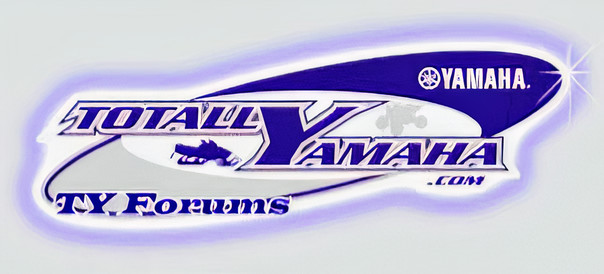marinetech
New member
98srx 700 , Turk's setup , 8dn-20's , 4.5 gr. rivet , grn. secondary spring , www primary. I started out at 80deg. wrap then went down to 60deg. It seemed to pull a little better at 60 , my question is how do you know when the eff. is at its best , also what clutch temps are acceptable ? One other question is which clutch should I be most concernd with as far as temp.
Thanks in advance for any help , Marinetech
Thanks in advance for any help , Marinetech
the wrap on the sec. is kinda a personal thing, if your doing alot of trail,woods and small field riding more twist will be better to backshift, however if your doing more open field racing, railroad bed or lake crossings at wide open, then less twist will be faster, your backshift will suffer some. To get some in clutching you must give up something elsewehere. aheavier rider will need more spring wrap, a lighter less, wet heavy snow needs more spring wrap, dry fluffy snow, less wrap, you get the idea.
If your running efficient then 100-130-140 degrees is good, or just warm to the touch on bare skin, if you cant hold your hand on the clutch for more then 1-2 seconds its too hot and slipping the belt, the clutch thats the hottest is the one slipping the belt!
If your running efficient then 100-130-140 degrees is good, or just warm to the touch on bare skin, if you cant hold your hand on the clutch for more then 1-2 seconds its too hot and slipping the belt, the clutch thats the hottest is the one slipping the belt!
change_up
New member
To my knowledge... to know when the efficiency is at it's best with any given setup is by heat. You want to be able to keep your hand on the clutch faces without getting burnt... anything hotter and you are WAY too inefficient... slipping the belt. The cooler the clutch faces the better. You want to use both clutch temps as guides to make certain adjustments. In a short run, if the primary is hotter than the secondary, essentially you need to add weight to the primary OR reduce the spring tension in the secondary. If the secondary is warmer than primary, essentially tighten up the secondary spring or lose a little weight in the primary.
Basically, the more belt clamp you can get in both clutches to bring temps down, the more efficient your setup will be. This is why some people often run a loaded primary (one with lots of weight) to clamp the belt hard in the primary, and run a shallow helix with slight to moderate spring tension in the secondary. The shallower of a helix you go, the less spring tension required - therefore you will be clamping the belt more, but your primary doesn't have to fight the secondary as hard which can result in higher top speeds.
This is just a very basic description and some rules are not always the solution to many clutching "problems" But that is just smoke on the water. Take what I have told you, and i'm sure somebody that really knows this stuff will add or correct anything I have said. The main thing is test all different adjustments and see what they do for you, take note of the effect that adjustment had and you are on your way to the never ending world of clutching.
Good luck.
EDIT: mrviper700 beat me to it... again!! I'm always the slow typer. Anyway, that guy knows his stuff so if there is anything he said that conflicts with my info, listen to him. lol.
Basically, the more belt clamp you can get in both clutches to bring temps down, the more efficient your setup will be. This is why some people often run a loaded primary (one with lots of weight) to clamp the belt hard in the primary, and run a shallow helix with slight to moderate spring tension in the secondary. The shallower of a helix you go, the less spring tension required - therefore you will be clamping the belt more, but your primary doesn't have to fight the secondary as hard which can result in higher top speeds.
This is just a very basic description and some rules are not always the solution to many clutching "problems" But that is just smoke on the water. Take what I have told you, and i'm sure somebody that really knows this stuff will add or correct anything I have said. The main thing is test all different adjustments and see what they do for you, take note of the effect that adjustment had and you are on your way to the never ending world of clutching.
Good luck.
EDIT: mrviper700 beat me to it... again!! I'm always the slow typer. Anyway, that guy knows his stuff so if there is anything he said that conflicts with my info, listen to him. lol.
Last edited:


